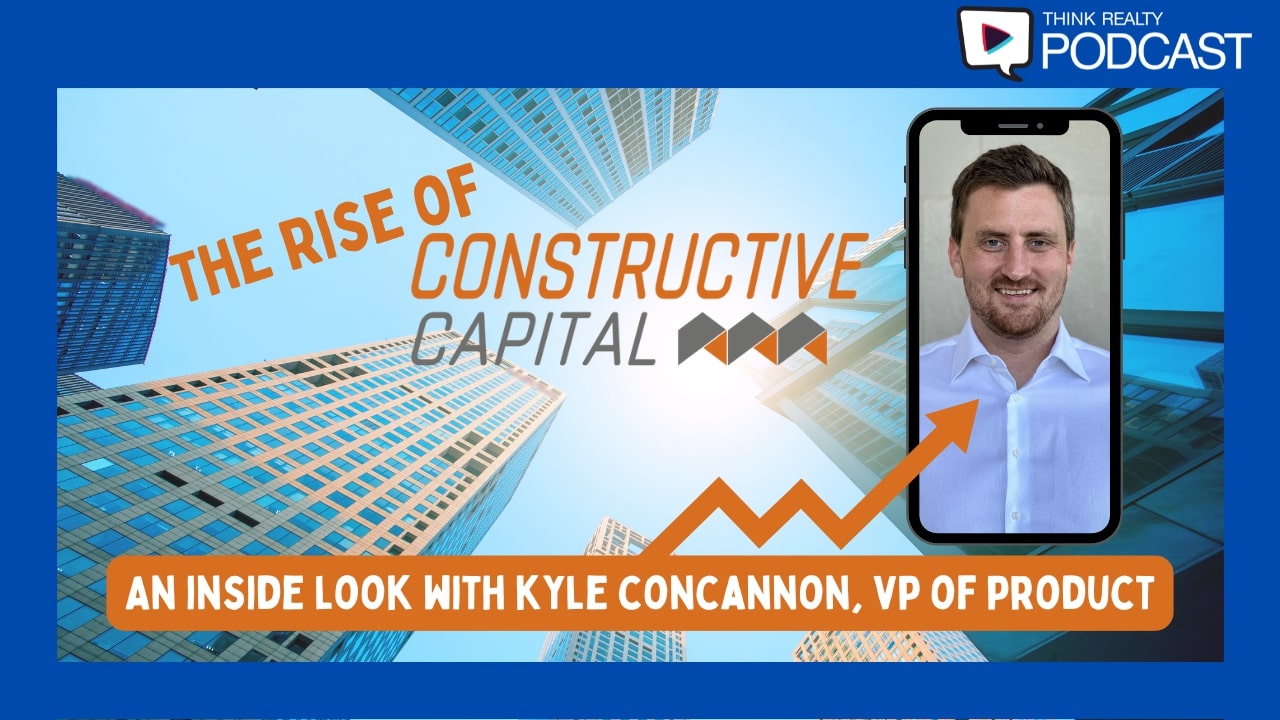Here’s how the economic crisis will change lending as lenders and their borrowers recover.
As we navigate “The New Abnormal,” otherwise known as the post-COVID era, there is much conversation about recovery in the lending community. Both lenders and borrowers should be focused not only on “recovering” but also on managing and adapting to a fluid market. In addition to its health impact, COVID-19 brought a lack of liquidity to the market, lenders pressing pause, and a flight to asset management.
2021 and Beyond
Lenders have and will continue to adjust their underwriting guidelines. We have already experienced industrywide lower leverage across the board (LTC, LTV and ARV), increased liquidity requirements, mandatory interest reserves, and an increased focus on sponsors’ real estate track records.
Lenders have also narrowed their asset box to the bread-and-butter 1-4 unit residential/family fix-and-flip or buy-and-hold. Many lenders have eliminated bridge lending for ground up construction, multifamily, and mixed use.
Lenders are now more focused on credit, liquidity, leverage, and appraisals. An appraisal pre-COVID may not be valid post-COVID. The rental income might be lower, and comps before May 2020 might not be strong comps now.
Geographic location also needs to be evaluated in terms of added risk factors. Most states placed moratoriums on evictions and foreclosures. That has had several effects on lending:
- If the lender is bridging a sponsor from acquisition to stabilization and permanent financing, is there an exit lender?
- What are the underwriting guidelines of the permanent lender, and did the bridge lender take this into consideration in the underwriting of the bridge loan?
- Does the sponsor have a large rental portfolio, what is the performance of the portfolio, and what are the sponsor’s debt obligations? If the sponsor’s rents are already down due to nonpayment and the states have eviction moratoriums, the impact can be devastating.
Sponsor experience is more relevant than ever. An experienced borrower should know how to navigate a fluid market. Two key factors to focus on are leverage and liquidity. Leverage ensures a sponsor’s appropriate equity stake in a transaction if downward compression on margins comes into play. Liquidity is critical if funds are needed to finish a project while carrying the sponsor’s overall debt service obligations.
As lenders again begin to regain market share and revenue, it is imperative not give up guidelines for the sake of volume. This will be a challenge because everyone is eager to lend and some competitors will make moves to lower their guidelines. Although you might feel the need to run up next to them, this can be a big mistake. Be cautious about lending at 90% LTC and 100% rehab.
Equally vital is that borrowers should not lever to the max. There are simply too many unknowns, and you do not want debt service to overrun your profitability.
As borrowers and sponsors recover and adjust to the new economy, the first knee-jerk reaction will be for them to seek opportunities in the current market. Sponsors will face higher equity commitments, interest reserve requirements, and increased post-closing liquidity. Even though the market data is showing an increase in demand for 1-4 family housing brought on by the flight from urban to suburban areas, sponsors should be cognizant of another possible shutdown due to COVID. Requiring a deeper liquidity position would be prudent.
Sponsors who have large single-family rental (SFR) portfolios are looking to add product to their current portfolios. Industry data is showing that this market sector is performing well. This data is driving more investors, including large Wall Street type funds, to acquire more of this asset class.
Sponsors also face the changing landscape of short-term bridge financing and permanent financing availability. With the onset of COVID, many big lenders pressed pause, and some lenders disappeared from the landscape. As a result of tighter liquidity, pricing has widened. Bottom line, the cost of funds is more expensive, and scarcity has led to upward pressure on pricing.
When shopping for permanent exit loans, sponsors should be prepared for lower LTV and higher interest rates for SFR loans. Since the securitization market is not widely open for business right now, the result is a higher price to the borrower.
Impact of Income Reductions
How do sponsors and borrowers prepare for renters or prospective homeowners who are not able to meet their monthly payments?
The good news is that approximately 93.3% of the 11.4 million units surveyed by the National Multifamily Housing Council made full or partial rent payments by July 27. This was just slightly down from the 94.2% last month, and it was 2 percentage points lower than the 95.3% of tenants who paid by July 27, 2019. However, it equaled the collection rate seen in May 2020, and it exceeded the rate in April, reflecting the multifamily market’s resiliency four months after the national emergency declaration.
There is widespread concern about unemployment numbers climbing to a record high, coupled with a moratorium on evictions. However, data in this sector has been positive and has even led to robust demand on the SFR front. According to GlobeST.com:
“Single-family rentals may be one of the few asset classes to see demand growth following the pandemic. According to Jeff Cline of SVN/SFRhub Advisors, demand for single-family portfolios, defined as five or more homes, has skyrocketed in the last month, up 650%.
“Compared to other commercial real estate segments, S&P 500, treasury notes and the stock market, SFR investment is typically more stable and profitable,” Cline, director and principal at the firm, tells GlobeSt.com. ‘As we’ve seen for decades SFR investment typically grows during economic downturns, we expect this downturn to be no different. We have seen a 650% increase in buyer and seller activity this past month. SVN/SFRhub Advisors is onboarding 10,000 assets to keep up with demand.’”
What is evidenced in the market is not only that the rental market is performing but also that the demand for home ownership is up drastically year over year. The Mortgage Bankers Association reported that applications for new home purchase mortgage money is up 39% over last July.
“The New Abnormal”
To paraphrase Shakespeare: “To lend, or not to lend?” It’s not exactly what he wrote, but it’s an appropriate question, nonetheless.
Some lenders never stopped lending with the onset of COVID. Some have already implemented the measures suggested above. And though there is a temptation to revert to pre-COVID lending guidelines, it is wise to be cautiously aggressive.
Some lenders are taking a conservative approach and limiting lending while focusing on asset management and liquidity. Lenders that have the ability and willingness to lend at reduced LTC, LTV, and ARV leverage amounts are requiring increased liquidity from borrowers and an increased level of sponsorship experience. For proven borrowers, lenders may not need to change leverage requirements, but you should consider implementing an expanded reserve requirement.
Some lending areas are opening more rapidly than others, because responses to the pandemic differ from state to state. Still, from an underwriting measure, lenders are estimating longer loan times due to potential shutdowns. Sponsors in certain municipalities will have to budget for delays as building departments are backlogged with inspections and sign offs. This added time will reduce the potential profitability on deals, and private lenders should underwrite accordingly.
In a business climate that changes daily, “The New Abnormal” has shifted focus to experienced sponsors with a proven track record, a firm stance on liquidity requirements, lower leverage on loan programs, and interest reserve requirements. As with most crises, lenders must remain more conservative in their lending approach until more certainty in the market resumes.











Leave A Comment